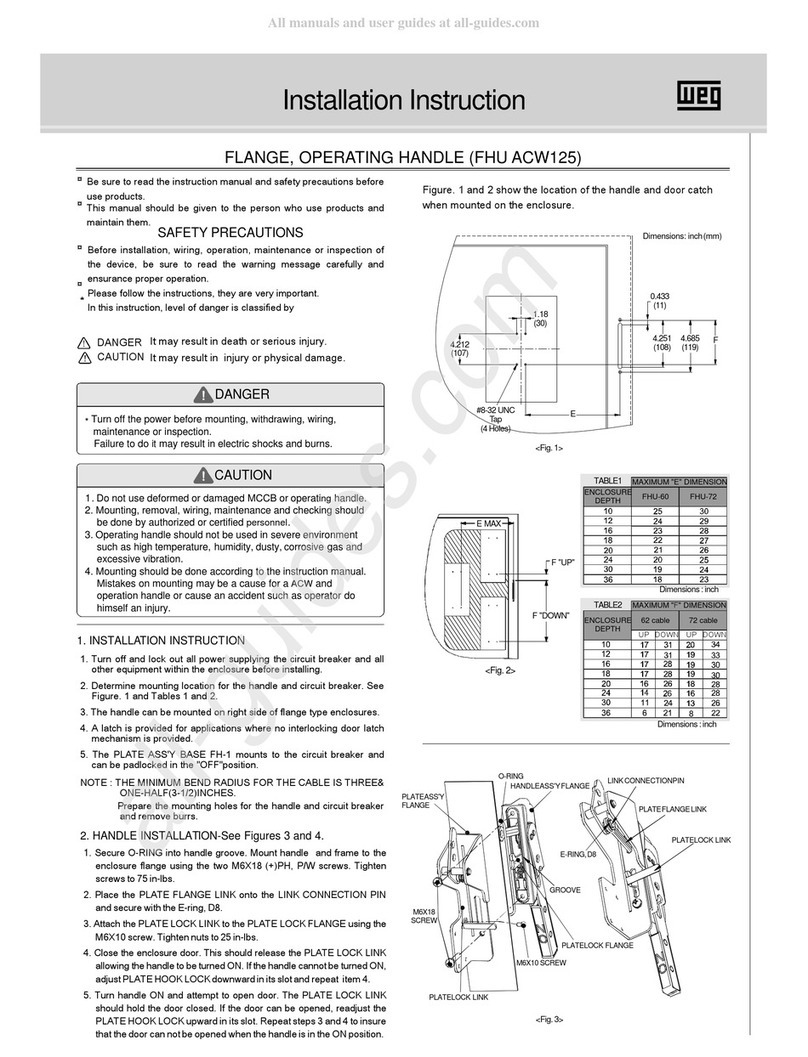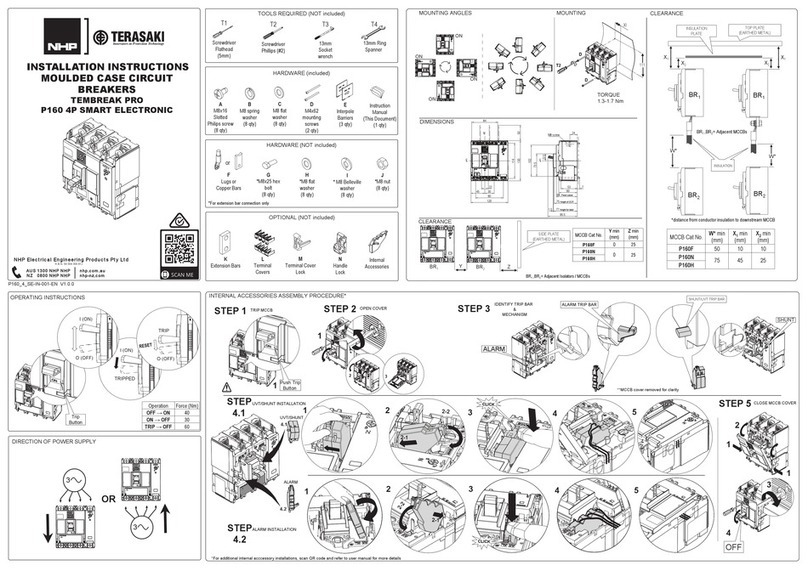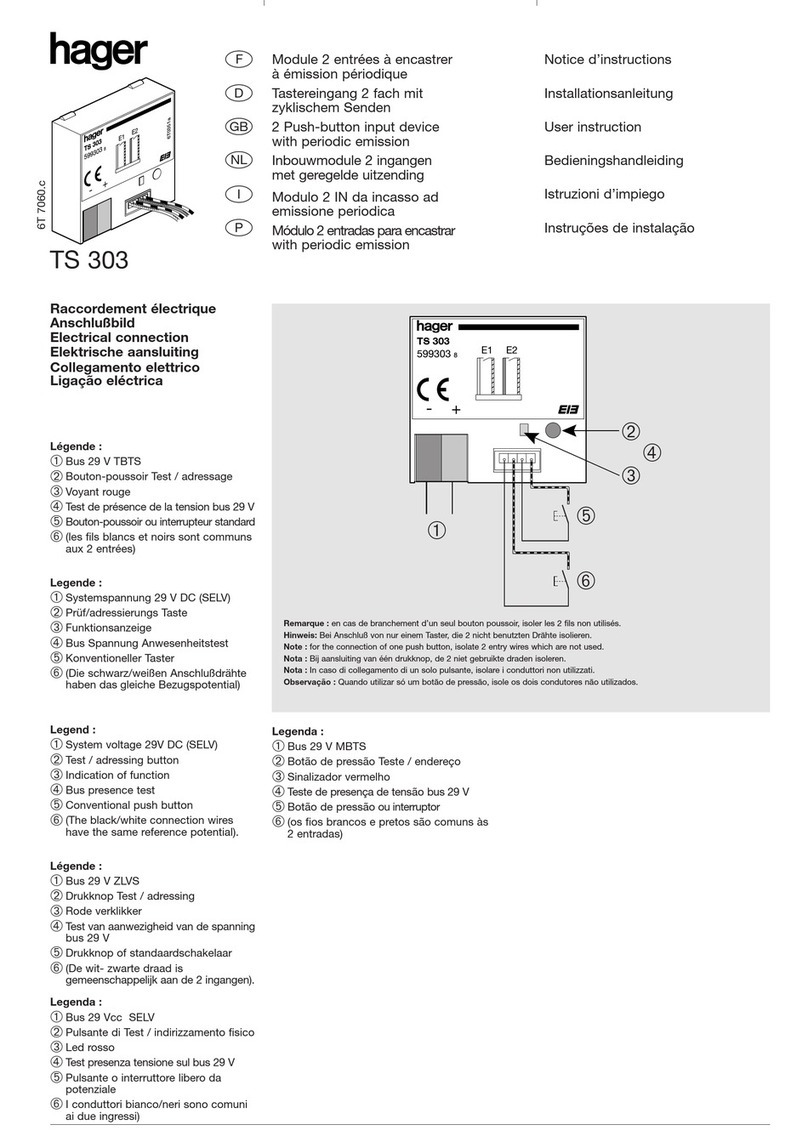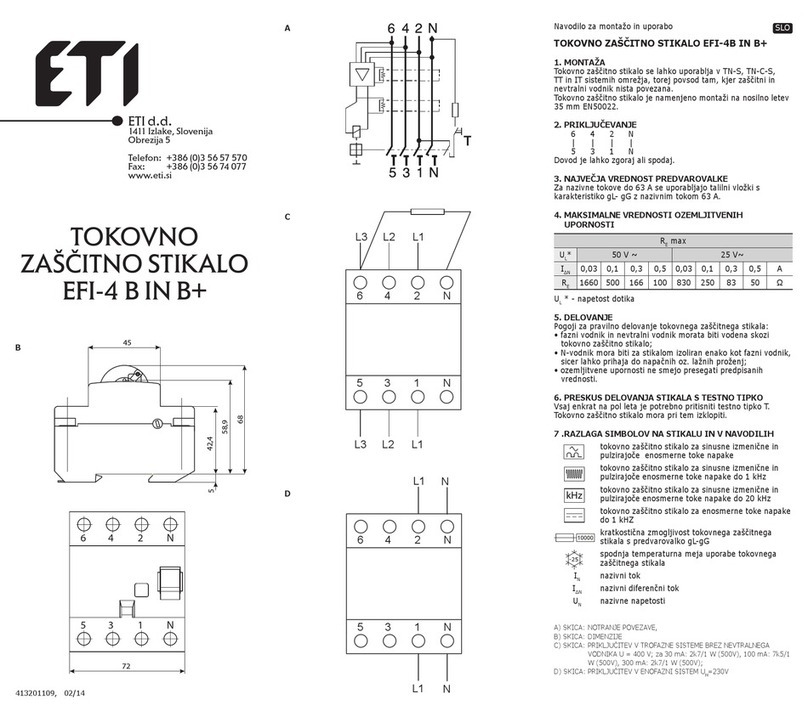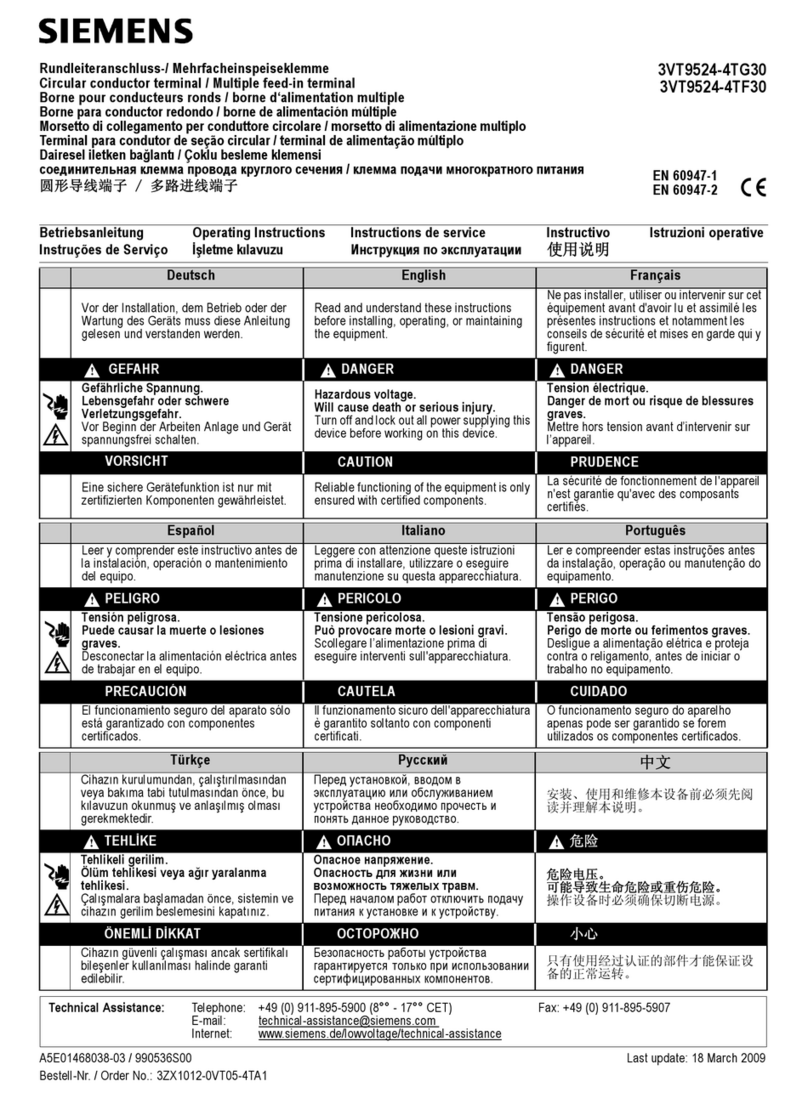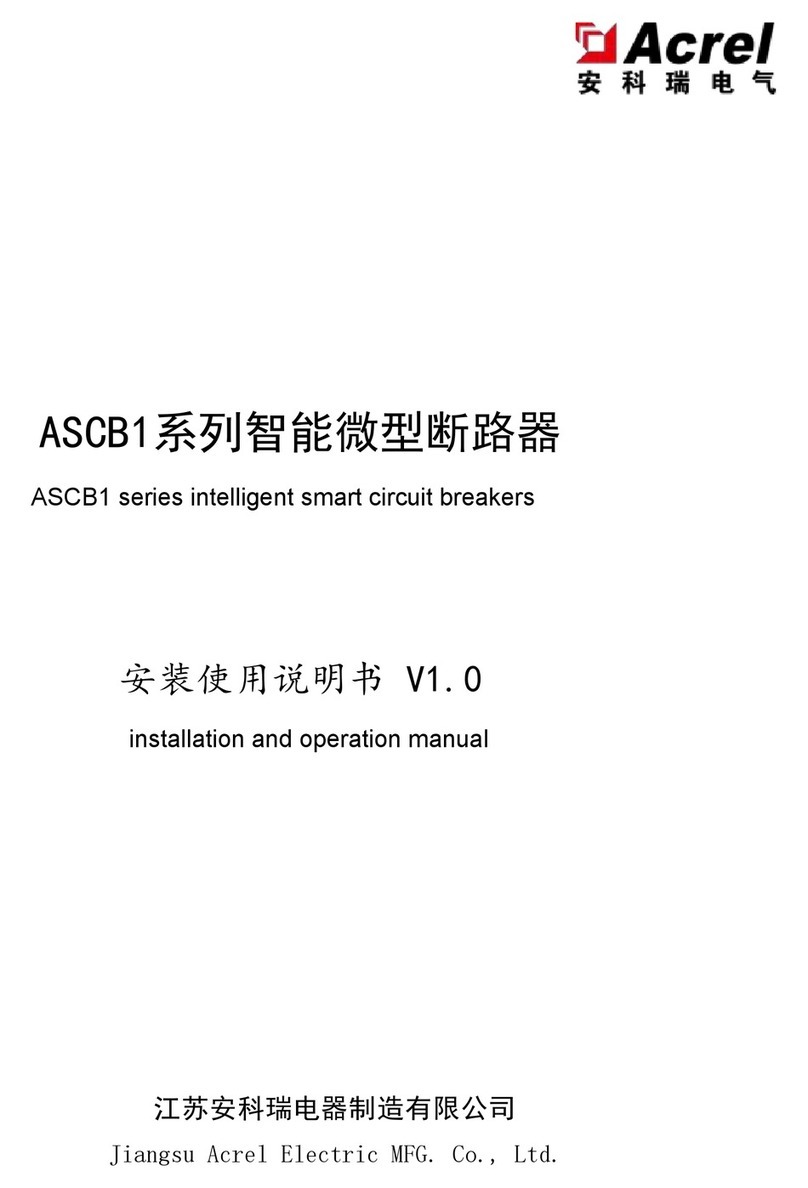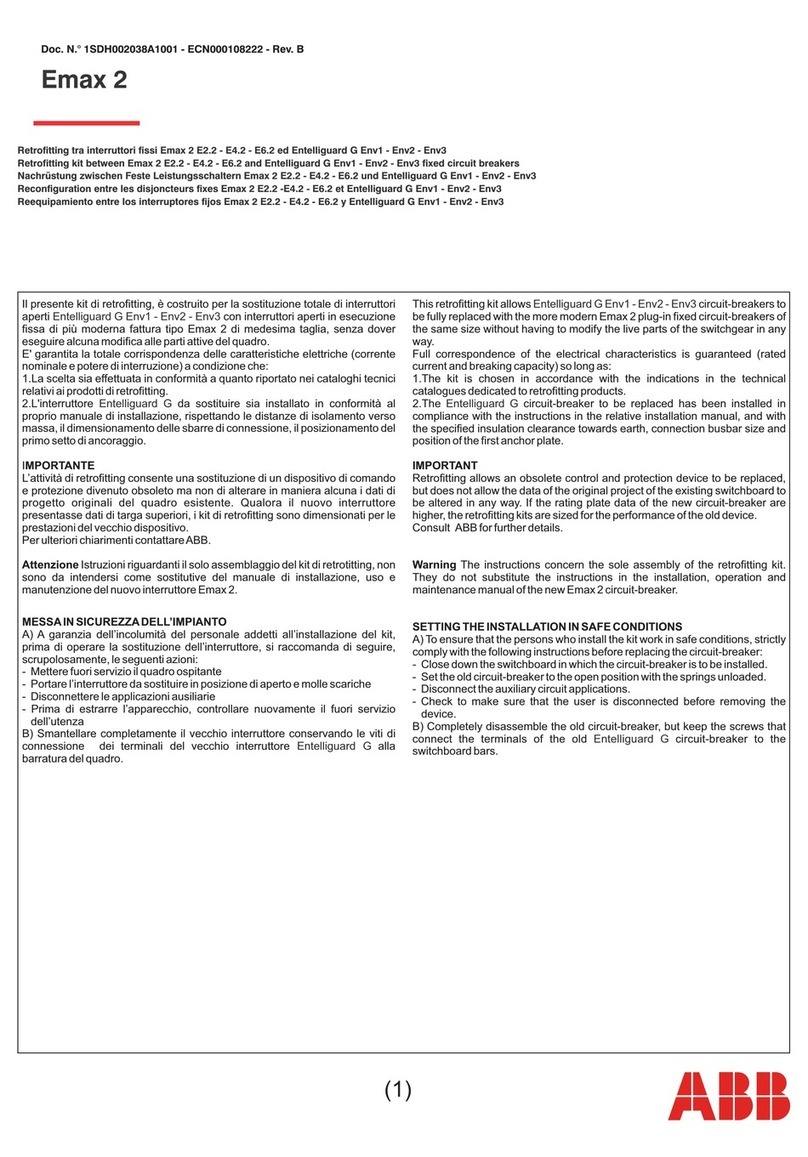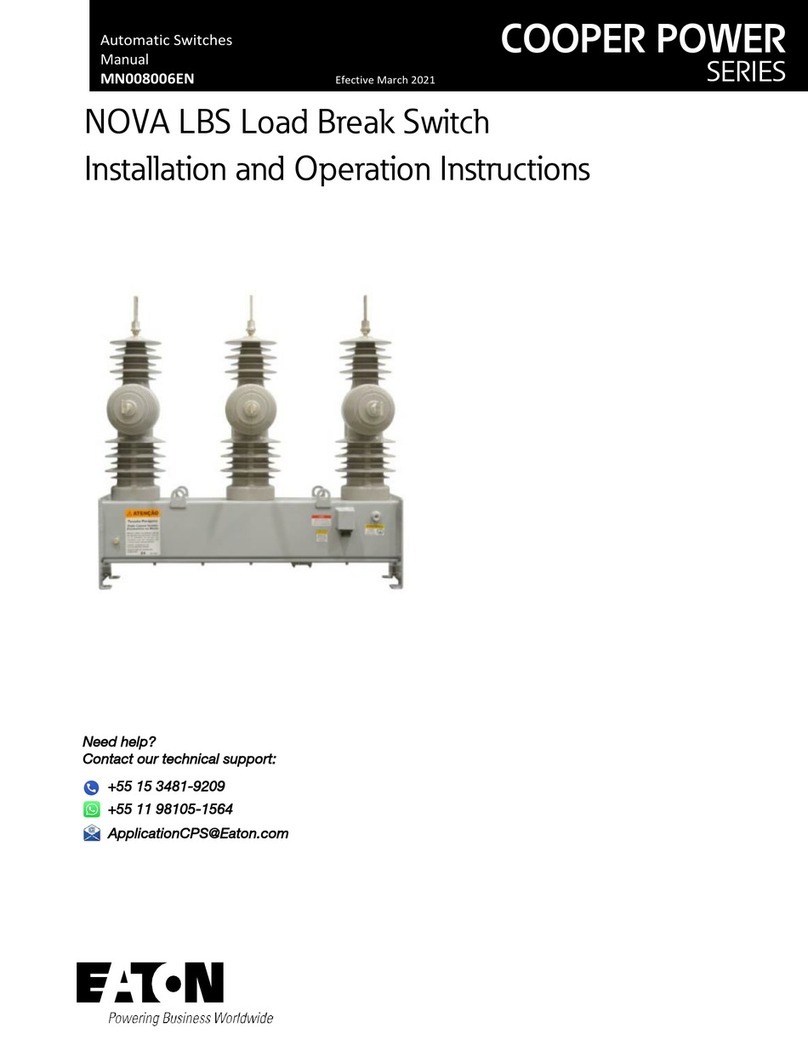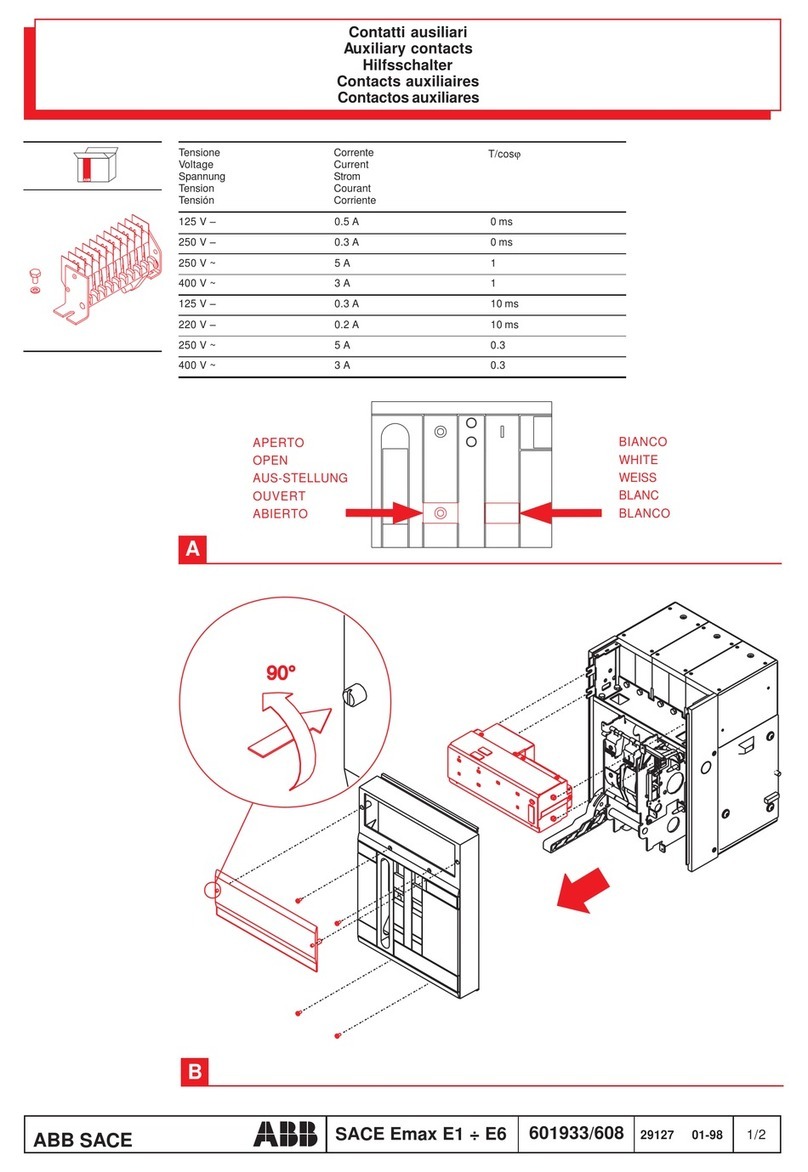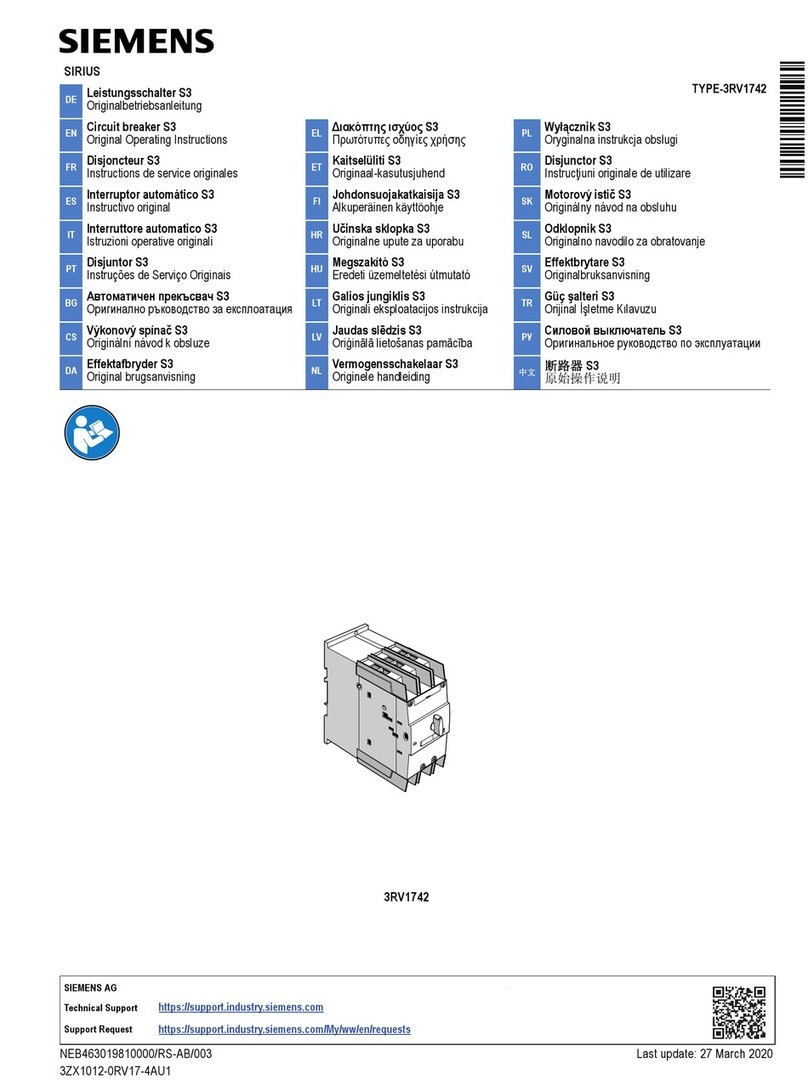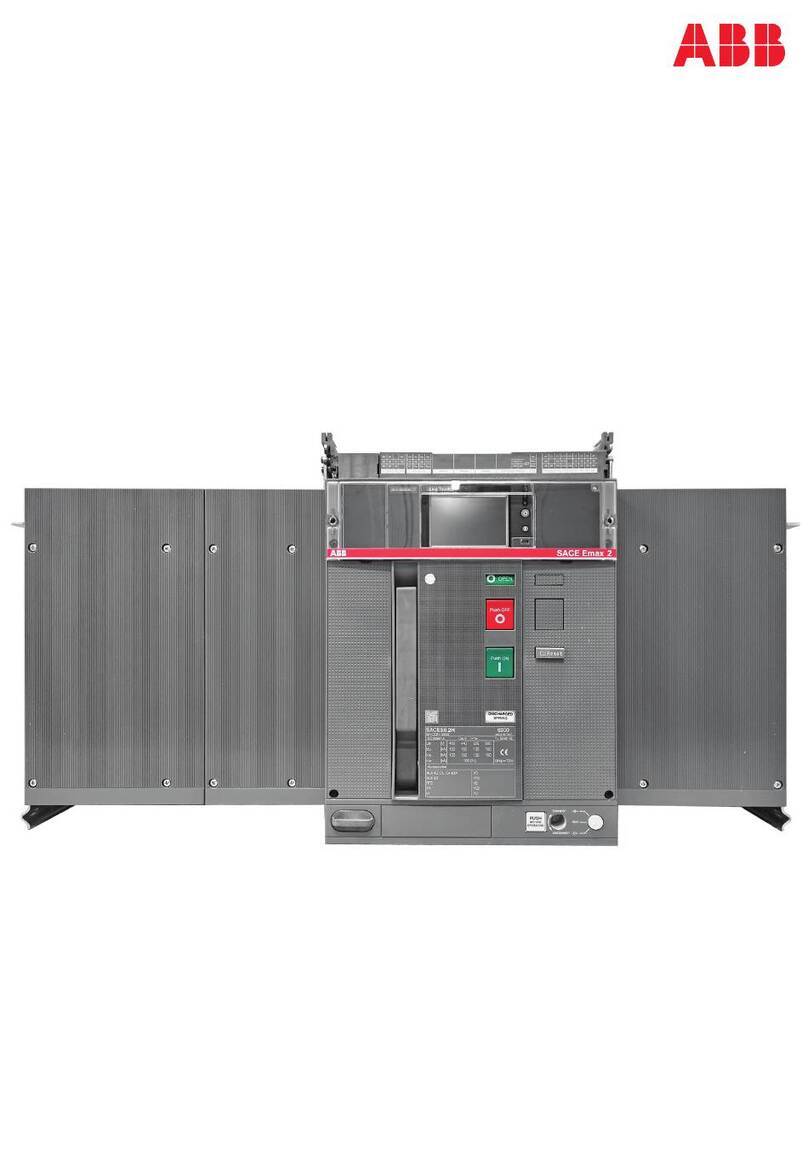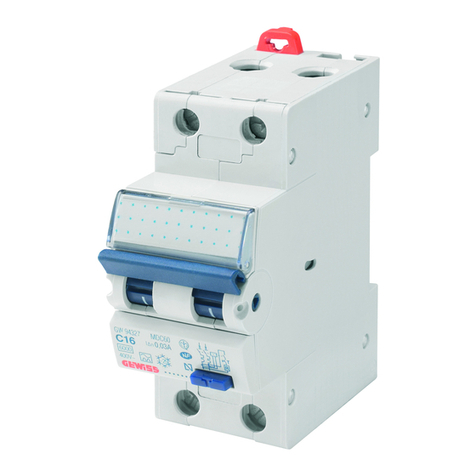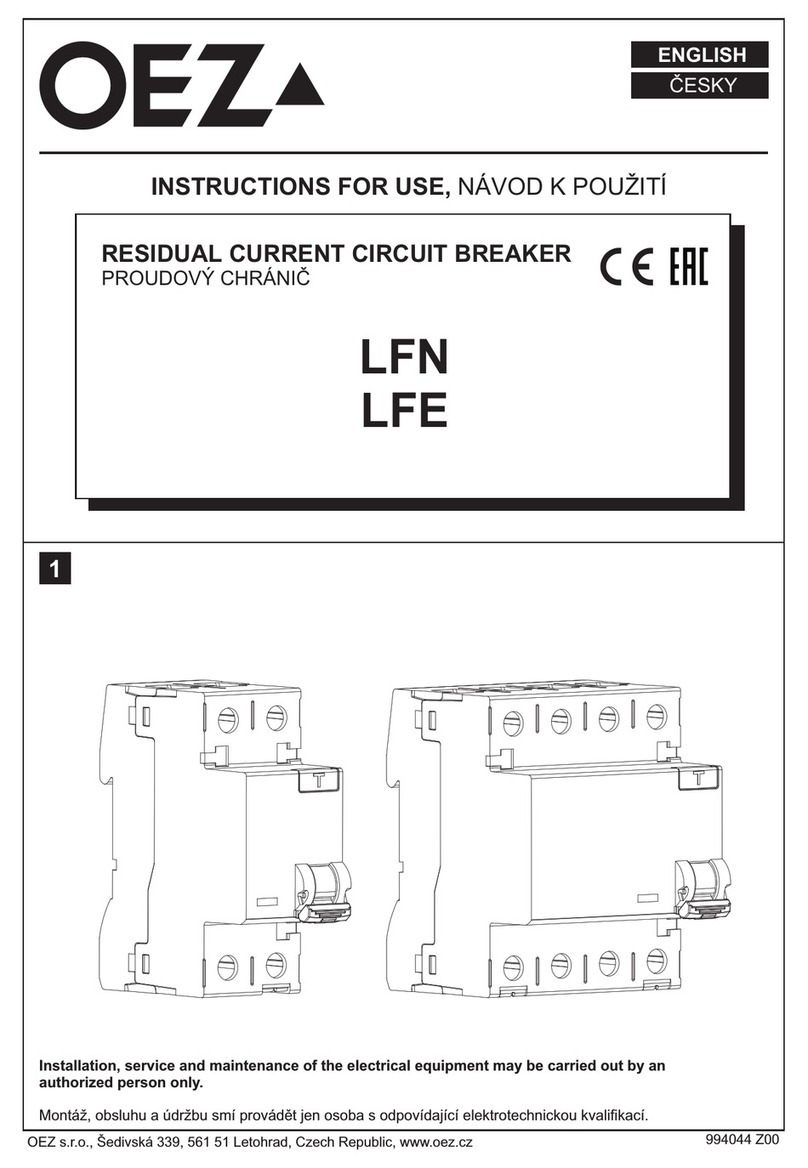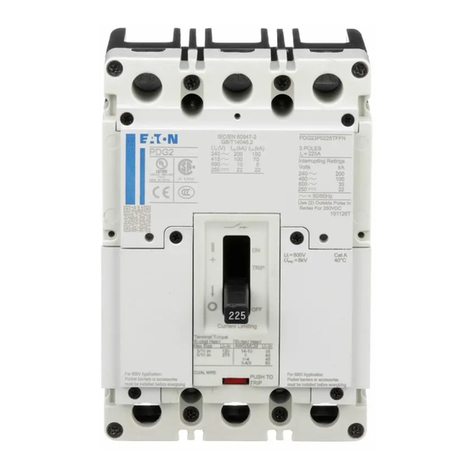
Two ways to setup the EB1:
Method 1:
Any DCC system that has OPs mode programming (Program On the Main) for locomotives
can program CVs. Whenever the “SETUP” shunt is installed the EB1 will respond to loco
OPS mode programming no matter what locomotive address is used. We recommend
choosing an address that is not in use on your layout (we use 9999). Remember that the
shunt must be installed to use this method of setting CVs. Do not forget to remove the
shunt when done programming.
Method 2:
If you have an NCE (or other system) that supports OPs mode programming of accessories
you can program CVs without having to install the “SETUP” shunt.
The EB1 comes from the factory preprogrammed to the accessory address of 2044 (the
accessory broadcast address).
To change the address:
Install the “SETUP” shunt
Press SELECT ACCY on your controller
Type in the new address you want to EB1 to use followed by ENTER
Press 1 (for NORMAL) when prompted on your controller
Remove the shunt
The EB1 will now respond to Accessory Programming at the address you just programmed.
You will not need to install the shunt again to program CVs when using PROGRAM
ACCESSORIES mode on an NCE system.
Fine Tuning the EB1
CV129 - Adjustment of short circuit response time (if necessary):
You can adjust the time delay between the occurrence of a short circuit and the time the track
actually gets shut down. The EB1 comes factory set to 16mS (16 milliseconds = 16
thousandths of a second). This setting has been chosen because it can be used without
problem on most layouts. You can lengthen this delay from 16ms (1/60th second) out to
512mS (1/2 second). Program CV129 to the number of milliseconds (divided by 16) you
desire between 16mS and 500mS. A value of 1 = 16mS, a value of 32 = 512mS, etc.
CV130 - Adjustment of short circuit shutdown time (if necessary):
You can adjust the time the track power stays off after a short circuit is detected. The EB1
comes factory set to 2 seconds. This setting has been chosen because it can be used
without problem on most layouts. You can change this delay from 16mS to 4 seconds.
Program CV130 to the number of milliseconds (divided by 16) you desire. A value of 1 =
16mS, a value of 128= 2 seconds, 256 = 4 seconds, etc.
CV131 - Manual reset enable.
If CV131 is set to 0 the manual reset is disabled and the EB1 will automatically try to turn on
track power after a short circuit. If CV131 is set to 1 the EB1 will not automatically restore
track power after a short circuit until a connection (usually with a pushbutton) is made
between terminals 1 and 2 of the four position terminal strip. You can also turn the track
power back on by selecting the accessory address and setting the accessory to ON (also
known as Normal, Thrown or +) .
**Last revised: 23 April 2012 Page 4 EB1
